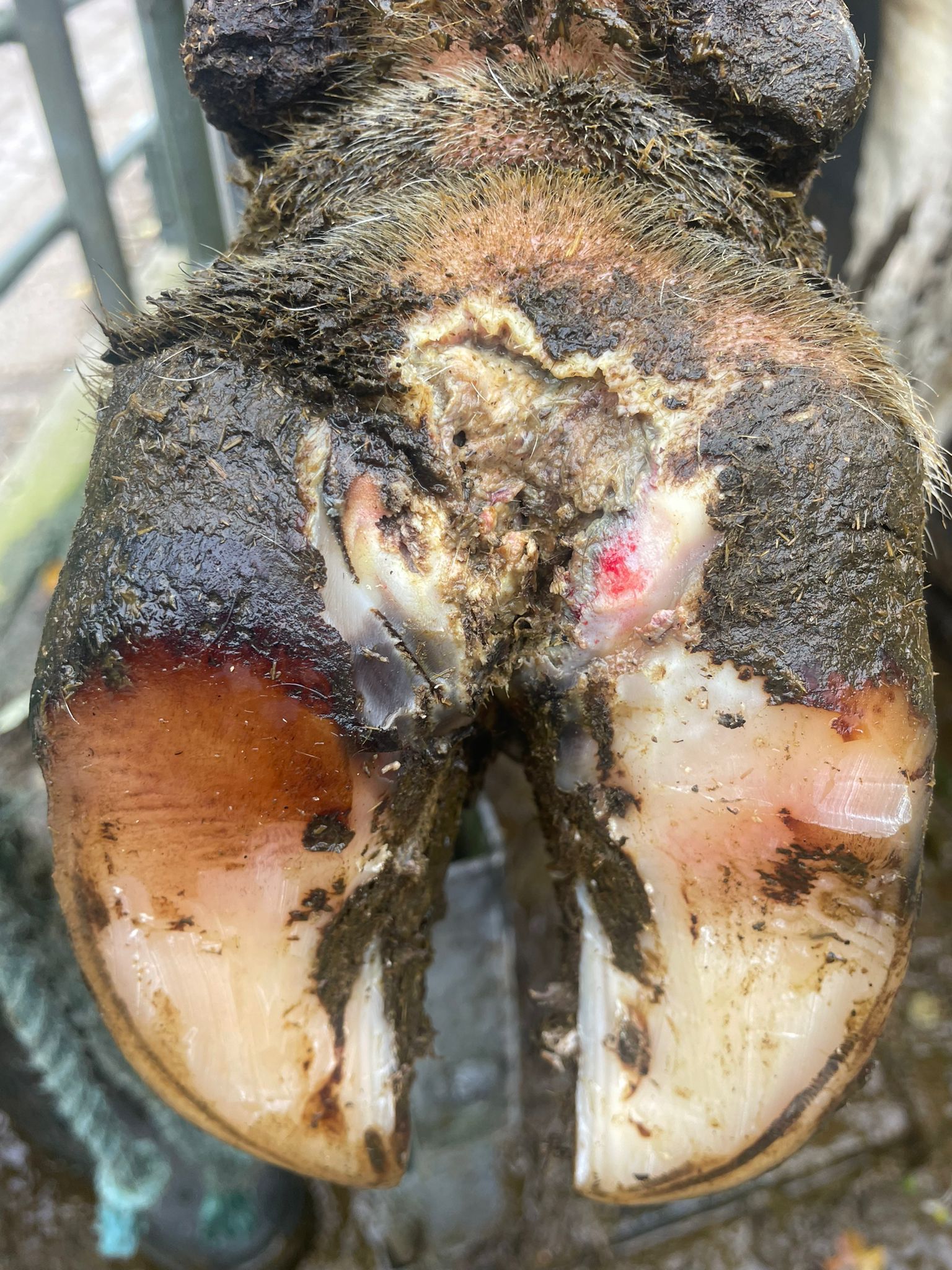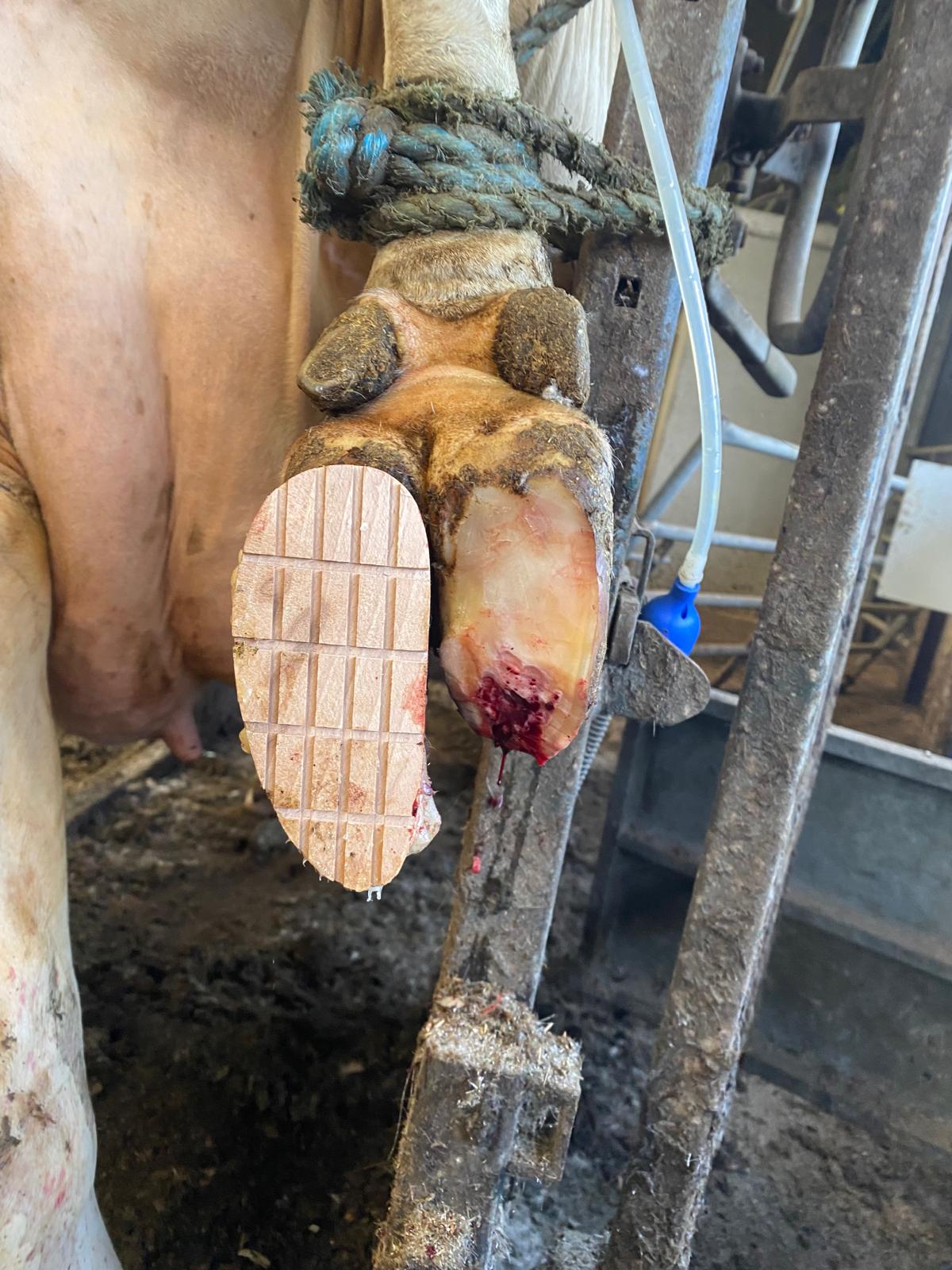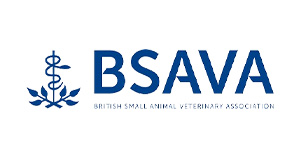Tackling Digital Dermatitis
Published: Nov 2024
Digital dermatitis is one of the most recorded diseases leading to lameness in dairy cattle. This group of bacteria causes painful dermatitis on the skin of cows’ feet. Digital dermatitis is classified using an M stage scoring system based on visual appearance. Lesions are classified as either active (M1, M2, M4) or healing/chronic (M3, M4.1). Active lesions are associated with pain.
Treatment of DD
Several treatment regimens have been developed to address digital dermatitis (DD). In the UK, one licensed treatment is topical antibiotic sprays (Oxytetracycline ‘Blue Spray’). The recommended protocol is: ‘Clean, Dry, Spray, Reapply,’ and then mark the leg for daily spraying. Spreader pliers allow us to access the interdigital space directly to examine and treat lesions more effectively. You will need to disinfect your hands and equipment after treating cows with digital dermatitis to prevent the spread from cow to cow. Disinfection requires a minimum of 20 seconds of contact time. Effective disinfectants include 1:100 FAM30, 2 percent Virkon, or 2 percent sodium hypochlorite.
Since DD can be painful, should we be using NSAIDs to support recovery?
A recent study in 2021 demonstrated evidence for the potential benefits of administering a single dose of Ketofen (a zero milk withhold NSAID) alongside topical treatment for animals with DD. This study demonstrated at 1 week post treatment all lame cows that received Ketofen produced more milk compared to the control group (+3 kg/day), and those that were freshly calved and lame showed the most improvement and milk (+10.5 kg/day) compared to controls. We know calving is a high-risk time for lameness, and although this study didn’t examine long-term outcomes of treatment, other studies demonstrate additional benefits on NSAIDS around calving to reduce inflammation in the foot and the subsequent future risk of lameness and culling.
What is Digital Dermatitis’s Role in non-healing lesions?
Claw horn lesions (CHL), where the corium becomes infected with DD treponemes, commonly result in non-healing CHL. These feet are painful and difficult to treat as treatment of these lesions require extensive debridement of the area back to healthy horn. This can only be done successfully under specialist local anaesthetic techniques by the vet. Procedures like this can prevent claw amputation and heal well but these cows may require special care for life.




Author
Rosie Lyle
Learn about the causes, symptoms, and treatment of digital dermatitis (DD), a common and painful foot condition in dairy cattle. Discover effective strategies to prevent and manage DD, including topical treatments, NSAIDs, and proper foot care. Improve your herd’s health and productivity by addressing this significant issue.
digital dermatitis, DD, lameness, dairy cattle, cow health, animal health, foot health, claw health, hoof health, lameness prevention, lameness treatment, NSAIDs, Ketofen, claw horn lesions, CHL, foot rot, lameness treatment, veterinary care, farm animal health











